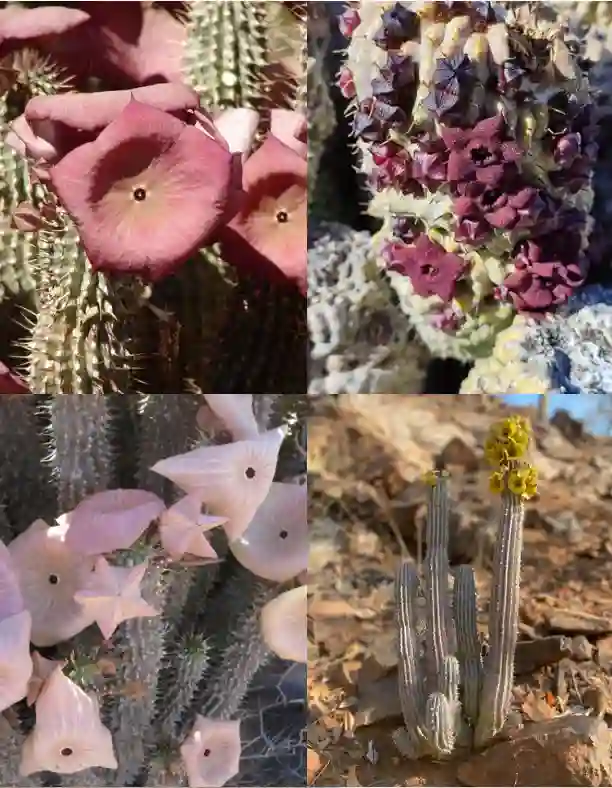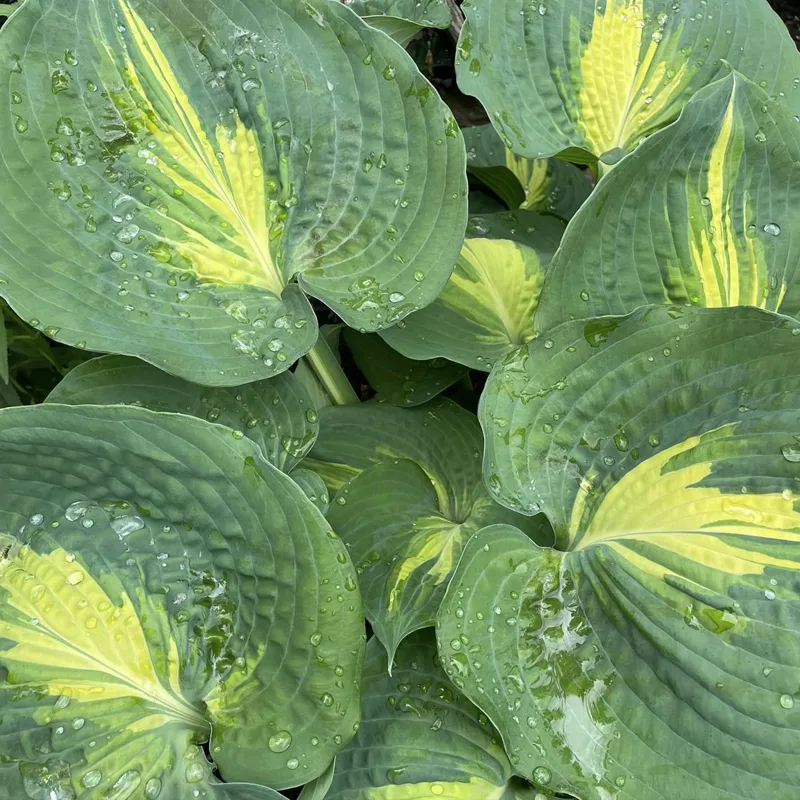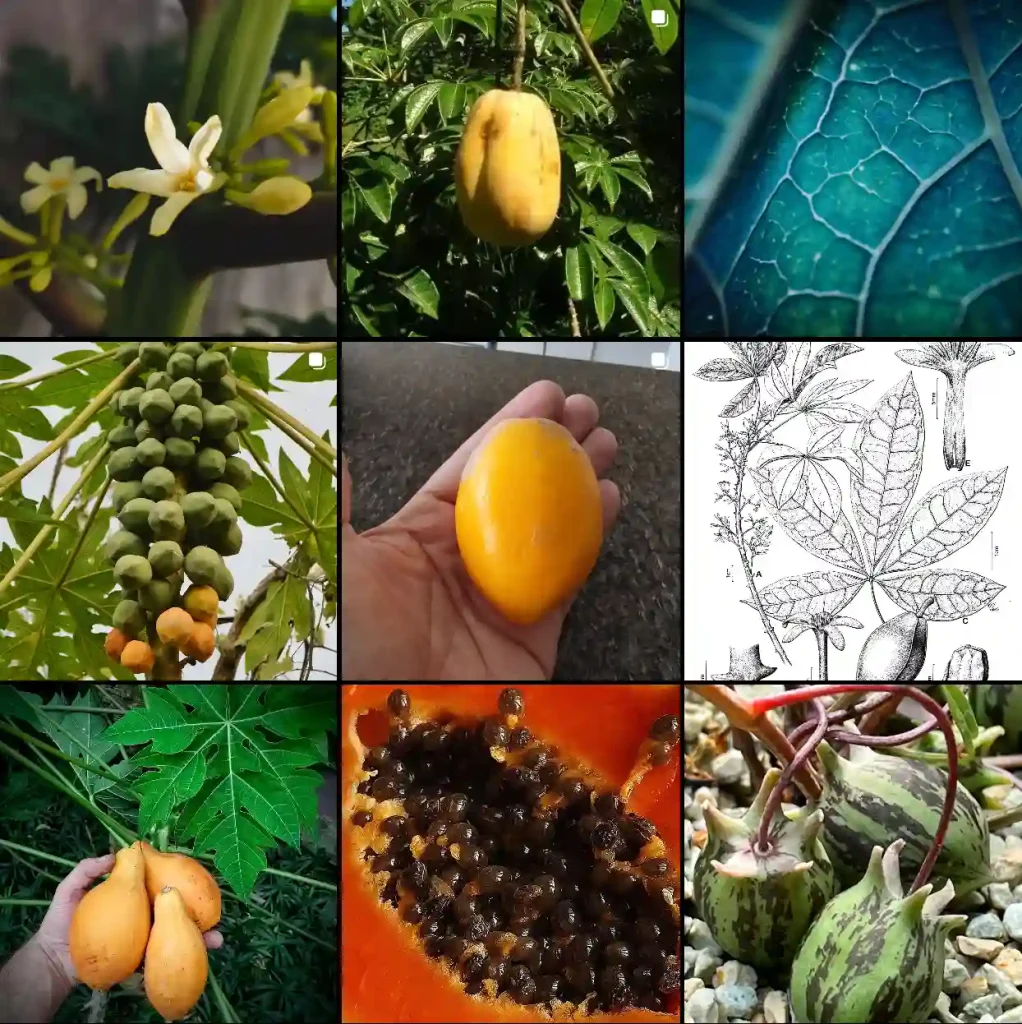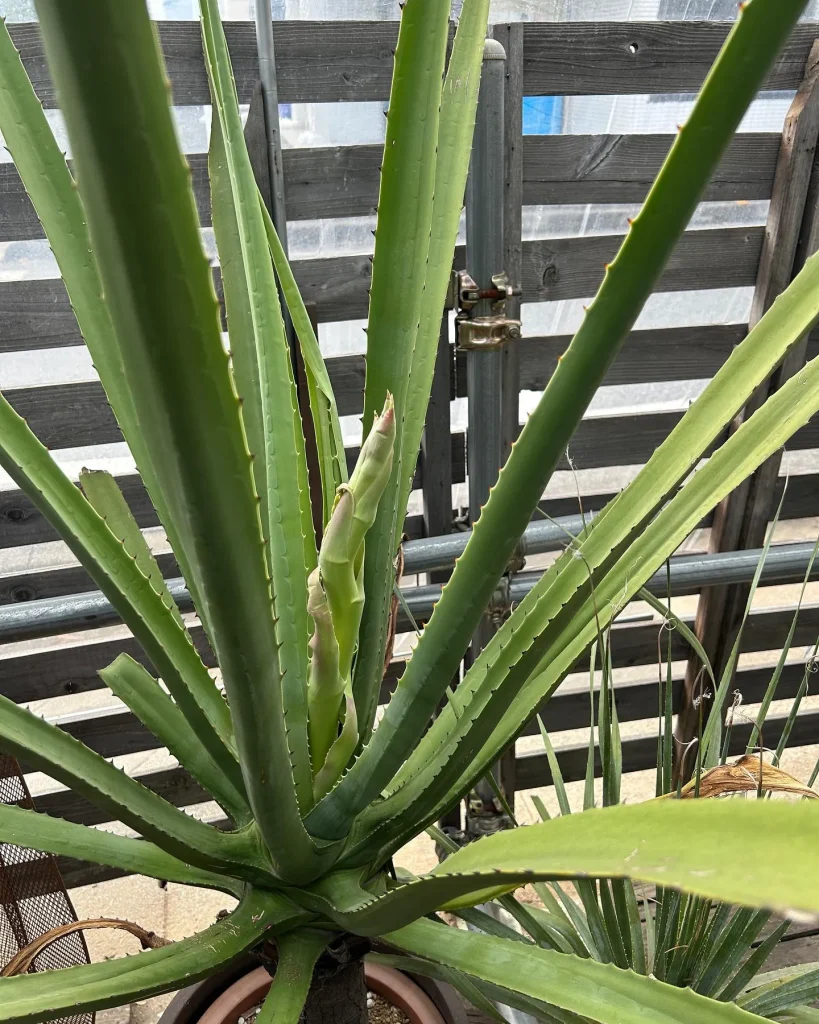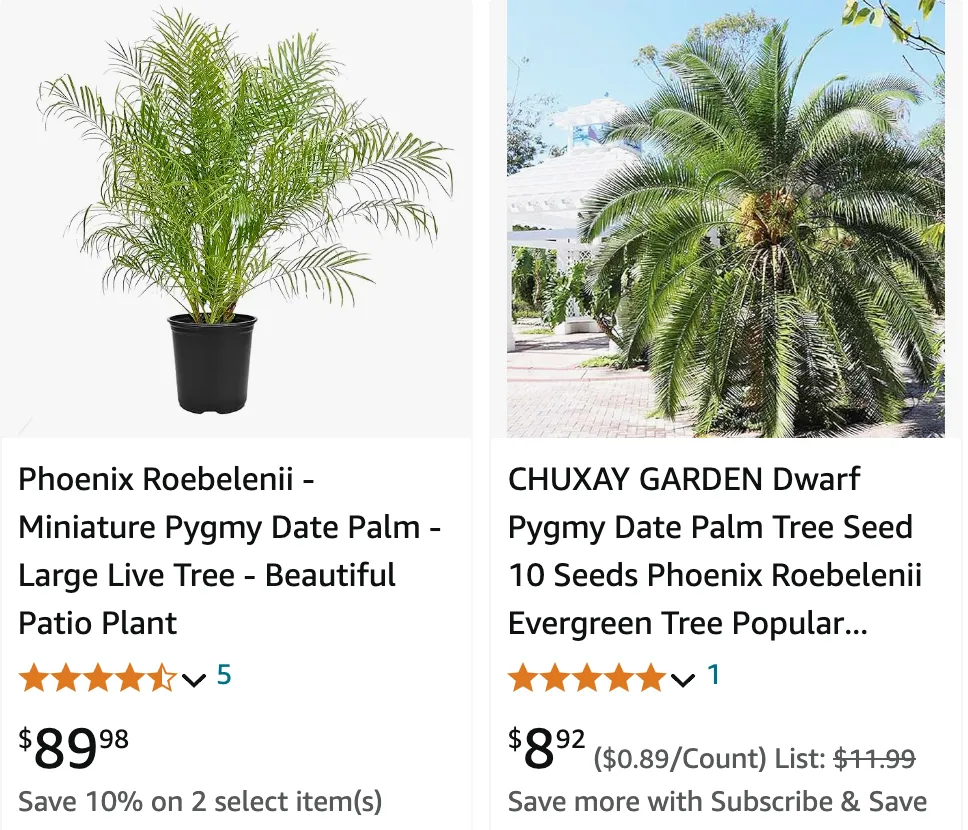
What are Date Palms?
Date Palms are one of the oldest cultivated tree species, with a history that stretches back thousands of years. Known scientifically as Phoenix Dactylifera, these trees are primarily cultivated for their sweet fruit, dates. They are characterized by their tall, slender trunks and feathery, green fronds. Date Palms have been a staple in Middle Eastern and North African cultures, where they thrive in hot, arid climates.
13 Species in Genus Phoenix
Where Does Date Palm Grow?
Date Palms flourish in regions with long, hot summers and mild winters. They are predominantly found in the Middle East, North Africa, and parts of South Asia. In the United States, California and Arizona have become significant producers due to their favorable climates. These palms require plenty of sunlight and well-draining soil to thrive, often found in desert oases and other dry areas.
How to Grow a Date Palm from Seed?
Growing a Date Palm from seed is a rewarding but lengthy process. First, soak the seeds in warm water for 24 hours to soften the outer shell. Plant the seeds in a pot with well-draining soil, ensuring they are covered lightly. Keep the soil moist but not waterlogged, and place the pot in a warm, sunny location. Germination can take several weeks to months. Once the seedlings are large enough to handle, they can be transplanted to larger pots or directly into the ground if the climate is suitable.
How to Identify Male and Female Date Palms?
Identifying male and female Date Palms is crucial for fruit production. Male palms produce pollen, while female palms bear fruit. The flowers are the key identifiers; male flowers are smaller and grow in dense clusters, whereas female flowers are larger and more loosely clustered. Additionally, female trees will produce dates when pollinated, whereas male trees do not.
What Do Date Palms Look Like?
Date Palms have a distinctive appearance with a single, sturdy trunk topped by a crown of arching, feather-like fronds. The fronds can reach lengths of up to 20 feet, creating a lush canopy. The trunk is often marked by the scars of old fronds, giving it a rough texture. In fruit-bearing seasons, clusters of dates hang beneath the fronds, adding to the tree’s ornamental value.
Are Date Palms Edible?
Yes, the fruit of Date Palms, known as dates, is edible and highly nutritious. Dates are rich in natural sugars, fiber, and essential vitamins and minerals, making them a popular snack worldwide. They are commonly eaten fresh or dried and used in a variety of culinary dishes, from desserts to savory stews.
How to Care for Date Palms?
Caring for Date Palms involves ensuring they receive ample sunlight and well-draining soil. Regular watering is crucial, especially during the first few years of growth, but the soil should never be waterlogged. Fertilize the palms with a balanced fertilizer to encourage healthy growth. Pruning dead fronds is essential to maintain the tree’s appearance and health.
How to Propagate Date Palms?
Date Palms can be propagated through seeds or offshoots. Offshoots, or “pups,” grow at the base of the parent tree and can be separated and planted individually. This method is faster than growing from seed and ensures the new plant is a clone of the parent. Carefully remove the pup with some roots attached and plant it in well-draining soil, keeping it moist until it establishes.
Date Palm vs Coconut Palm
Date Palms and Coconut Palms, though both members of the Arecaceae family, have distinct differences. Date Palms (Phoenix dactylifera) produce dates and thrive in arid, desert climates. In contrast, Coconut Palms (Cocos nucifera) produce coconuts and are typically found in tropical, coastal regions. Coconut Palms are taller with more prominent trunks and larger, more fibrous fruits.
Date Palm vs Palm Tree
“Palm tree” is a broad term encompassing many species, including Date Palms. While all Date Palms are palm trees, not all palm trees are Date Palms. Palm trees can vary greatly in size, shape, and habitat. For instance, the Areca Palm is popular as an indoor plant, while the Royal Palm is known for its towering height and ornamental value. Each palm species has unique characteristics tailored to its environment.
What to Plant with Date Palms?
Date Palms pair well with drought-tolerant plants such as succulents, ornamental grasses, and other desert natives like Agave and Yucca. These companion plants not only complement the aesthetic of Date Palms but also thrive in similar growing conditions, ensuring a cohesive and sustainable garden design.
How to Harvest Dates from Date Palms?
Harvesting dates involves carefully climbing the tree or using a ladder to reach the fruit clusters. Dates are typically ready for harvest when they have changed color, depending on the variety, and have a slightly soft texture. Cut the fruit clusters from the tree and allow the dates to ripen further if necessary. Harvesting is often done in stages as dates on the same tree can ripen at different times.
Are Date Palms Invasive?
While Date Palms are not generally considered invasive, they can become problematic in some areas due to their prolific seed production and ability to thrive in arid conditions. In non-native regions, they can sometimes outcompete local flora. It’s essential to manage their spread and ensure they are planted in appropriate settings.
Growing and caring for Date Palms can be a fulfilling endeavor, offering both aesthetic beauty and delicious fruit. Whether you’re planting a single tree or cultivating a grove, understanding the needs and characteristics of Date Palms is key to successful cultivation.
If i die, water my plants!
